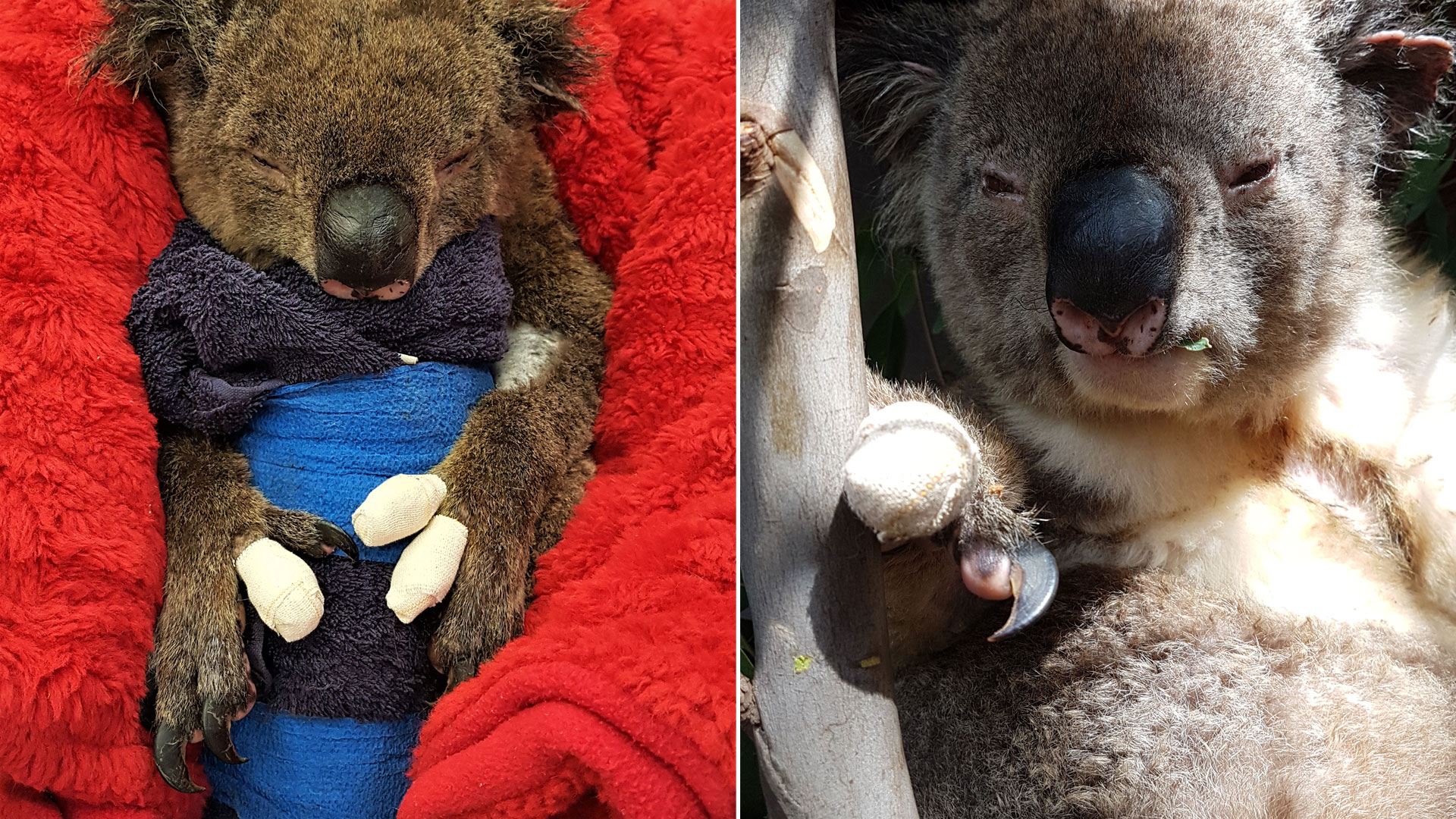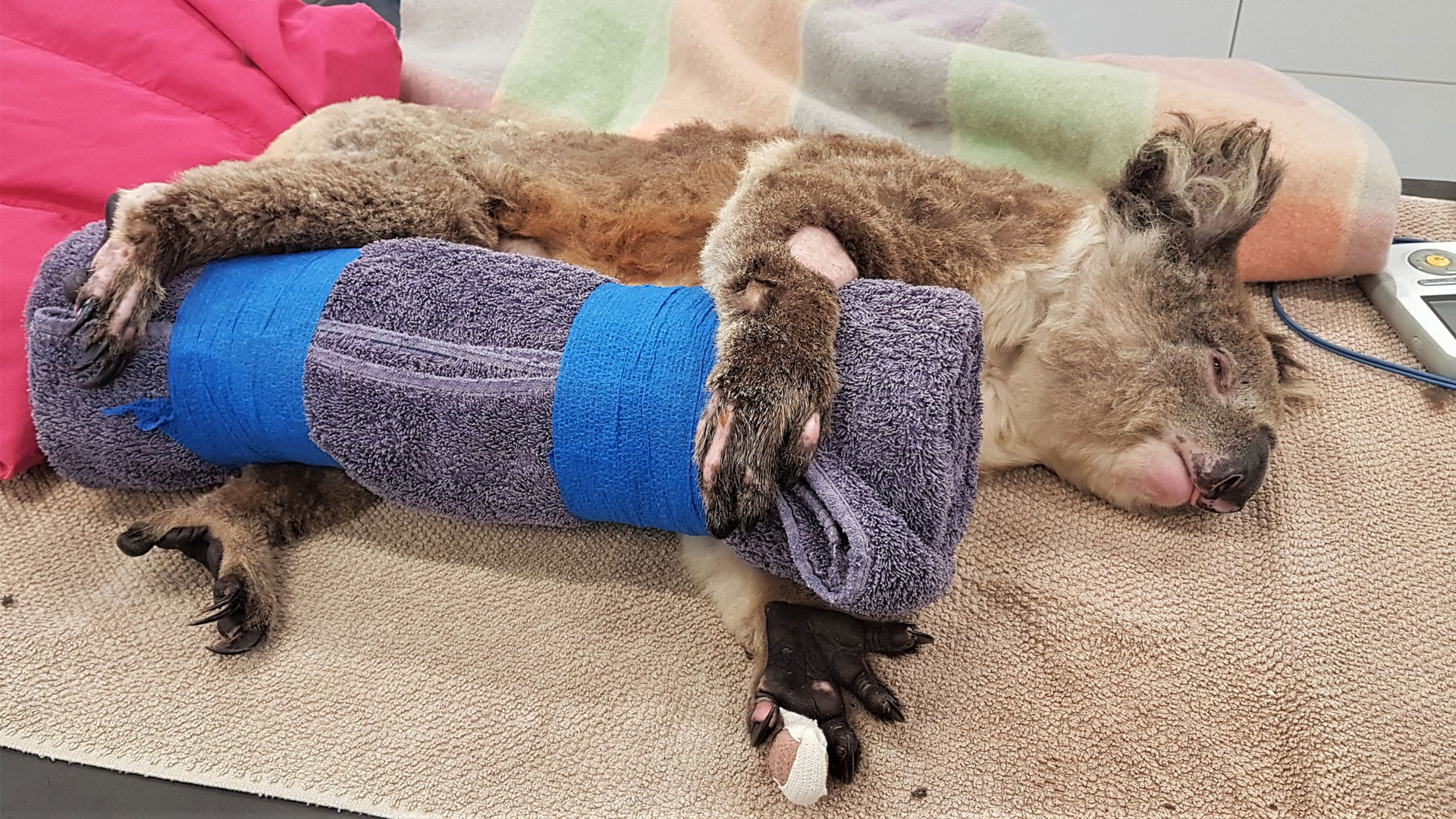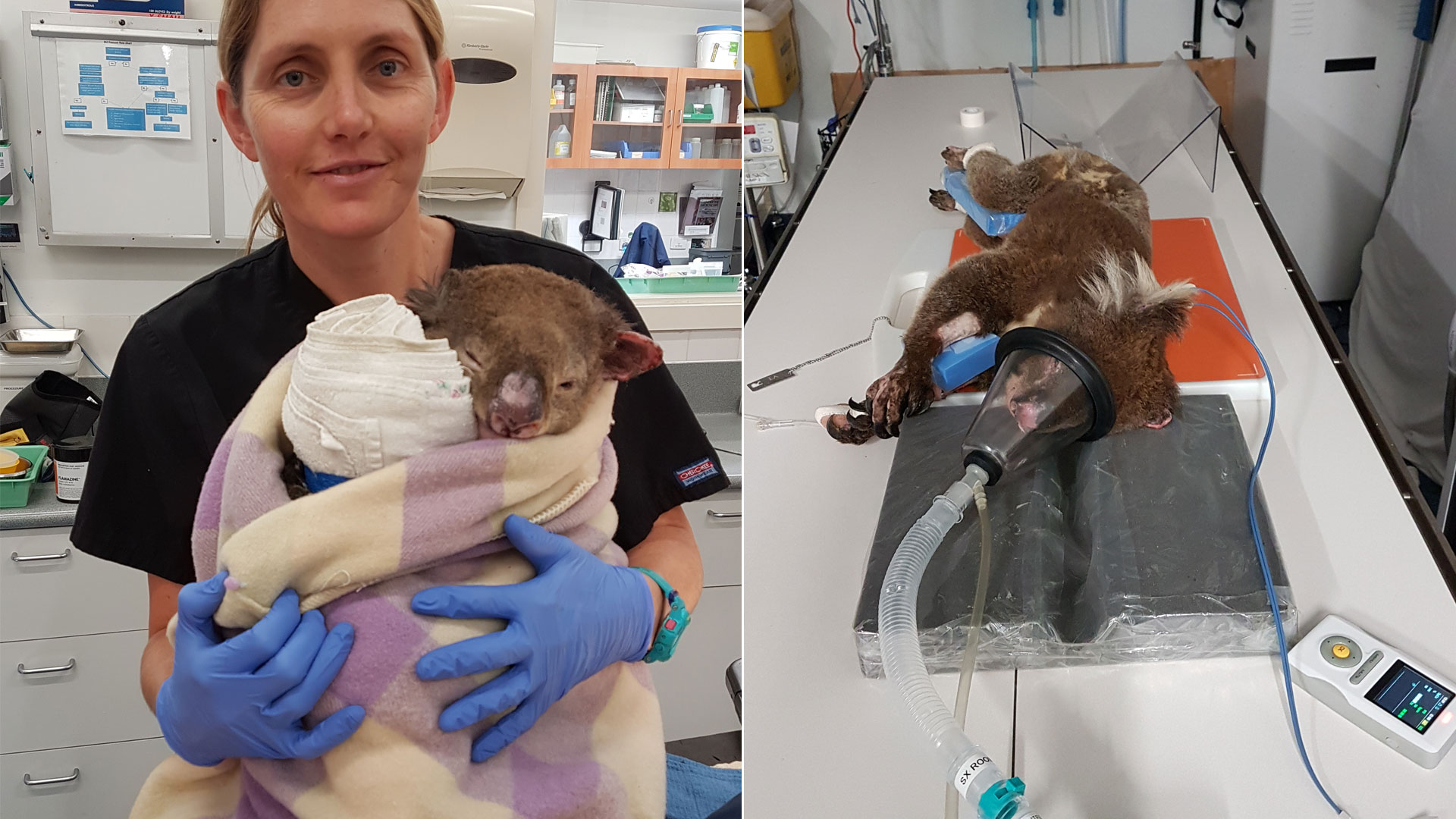In February, Auckland Zoo vet nurse Kylie Martin spent two weeks helping colleagues at Melbourne Zoo treat and care for koala burns victims - and discovered just how incredibly sweet and resilient, but fussy, these Aussie icons are!
With Melbourne Zoo veterinary hospital staff being deployed to animal triage centres in Victoria’s Bairnsdale and Mallacoota (coastal towns where raging bushfires had residents fleeing to the beaches), they were keen for Kylie to assist with the husbandry and veterinary care of hospitalised koalas.
Both a vet nurse and a zoo keeper with 20+ years’ experience, Kylie jumped at the chance to share her skills and help her Aussie mates, many of whom she says “put their entire lives on hold to help bushfire-affected wildlife”. Auckland Zoo reached out early to its Australian colleagues offering to help in any way we could, and funded Kylie to do this Wild Work.
“Like this unprecedented Covid-19 situation we’re now in, everyone was pulling together to help, and people were so kind and generous - like City Tempo Hotel in Melbourne who put me up for free for my entire stay,” says Kylie.









